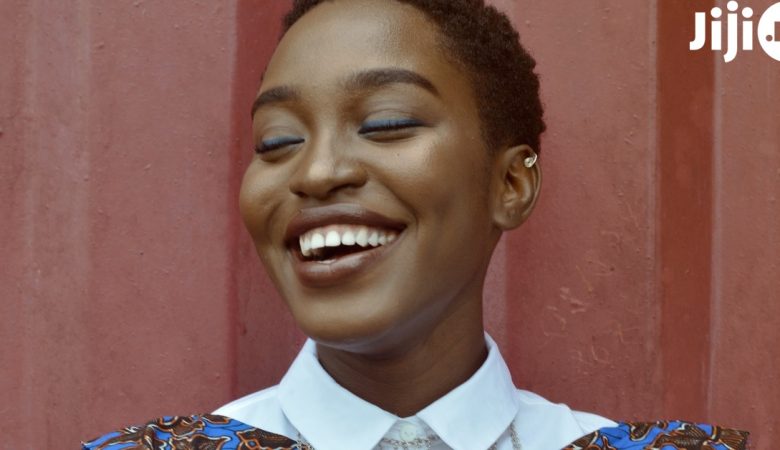 Wabi-sabi is a refined Japanese worldview, kind of of Zen philosophy. Literally, Wabi-sabi can be understood as the tranquility, simplicity, and modesty.
Wabi-sabi is a refined Japanese worldview, kind of of Zen philosophy. Literally, Wabi-sabi can be understood as the tranquility, simplicity, and modesty.
 Wabi-sabi is when nature goes to sleep, the trees lose their leaves, and thoughtful and a little sad mood replaces the madding crowd. A distinctive characteristic of objects in the style of Wabi-sabi is the indispensable presence of any defect, imperfection, and that becomes the main value and the reason for incomprehensible enchantment: an earthenware vessel with jagged edges, darkened silver platter. When the Europeans rub silver to shine, Japanese, on the contrary, retain “the layering of time”. We can say that this style strongly characterized by luxury, plenty of interior decoration, etc.
Wabi-sabi is when nature goes to sleep, the trees lose their leaves, and thoughtful and a little sad mood replaces the madding crowd. A distinctive characteristic of objects in the style of Wabi-sabi is the indispensable presence of any defect, imperfection, and that becomes the main value and the reason for incomprehensible enchantment: an earthenware vessel with jagged edges, darkened silver platter. When the Europeans rub silver to shine, Japanese, on the contrary, retain “the layering of time”. We can say that this style strongly characterized by luxury, plenty of interior decoration, etc.
Admiration of the beauty, freedom from all kinds of excesses, notification of the time tracks and traces of use are of particular value in the Wabi-sabi. We can say that admiration – this is the main emotion of the interior areas.
 This philosophy was originated among the medieval Buddhist monks. The Japanese loved (and love until now!) absolute minimalism. They are close to the style of life in which only the essentials are in the room, a limited number of materials, sparse palette consisting entirely of natural shades with the obligatory presence of implicit accents.
This philosophy was originated among the medieval Buddhist monks. The Japanese loved (and love until now!) absolute minimalism. They are close to the style of life in which only the essentials are in the room, a limited number of materials, sparse palette consisting entirely of natural shades with the obligatory presence of implicit accents.
The interior style Wabi-sabi manifests itself in the use of materials, which are prone to rust and oxidation. Uneven surfaces change creates a unique, alluring, bewitching mood.
An important feature of this interior style is openness and completeness of the space. We can say that all the things in the room have a special meaning for the owner and are not just implementing their duties.
Traditional colors are white, beige, gray and milk tones that give lightness and weightlessness. Of course, the obligatory is the connection with nature, so use only natural materials and preferably textured. Dark untreated wood on the background of bright walls, etc.
It is desirable that the lighting in the room emphasize the individuality of the details, so favored are muted and dim lights.











































